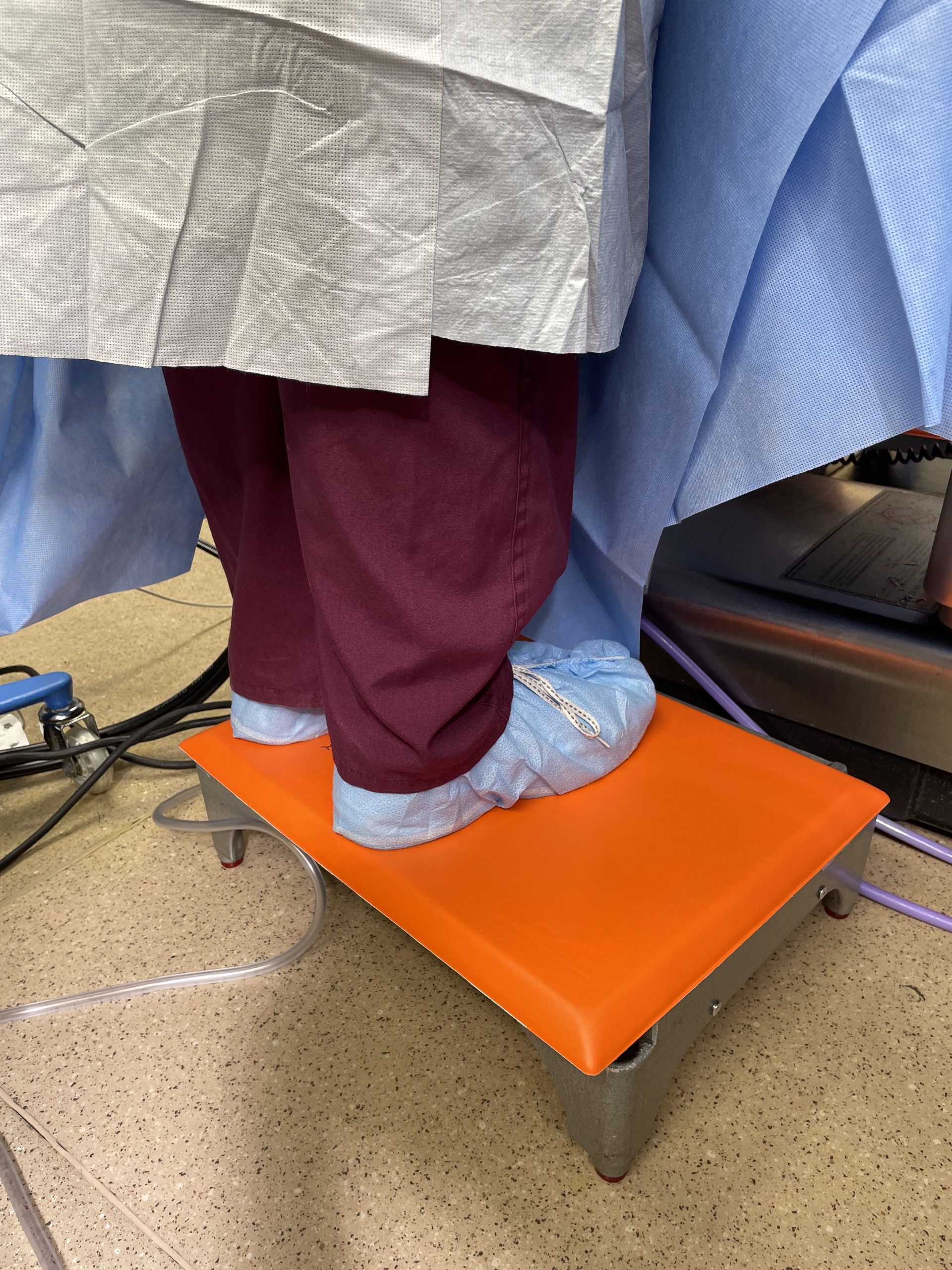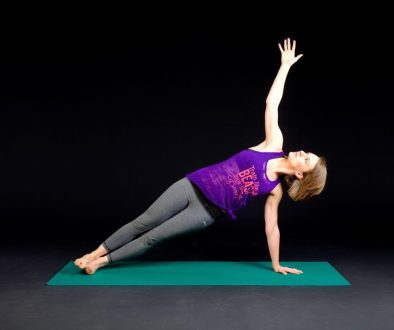To mat or not to mat in the OR – that is the question
It will soon be 3 whole months since the newly minted Society of Surgical Ergonomics website went live, on the same day that Dr. Sue Hallbeck and I gave our Keynote presentation at the University of Toronto’s Department of Surgery Faculty Development day. Since then, the society’s membership and Twitter following have continued to grow steadily.A common question I’m asked after presentations pertains to the use of gel foot mats (aka anti-fatigue mats) in the OR. So, I thought I’d tackle this topic in today’s blog.
Firstly, let me state that anti-fatigue mats are actually recommended by the Occupational Safety and Health administration (OSHA) – as a protective measure to counteract the effects of standing for long durations on hard (concrete) surfaces in various retail environments and commercial kitchens. Their use is cited as a potential solution to reduce muscle fatigue, foot pain and pooling of blood in the extremities. Given the above, it is really surprising that mats are not used more widely in the OR.
So, let’s look at the data as it applies to surgeons. Two studies have prospectively evaluated mats during endoscopic and laparoscopic procedures and demonstrated benefit in the post-operative discomfort and fatigue experienced by surgeons. However, in another small pilot study of primarily open procedures, mat use was associated with HIGHER discomfort among surgeons. The methodology for this last study was different in that each surgeon served as their own control (cross-over design).
Since survey-based assessments are subject to various types of bias, the next important question is whether any objective correlates have been. A very small study showed that although, foot pads resulted in improved subjectively reported back pain, electromyography (EMG) did not demonstrate any differences in muscle activity in the paraspinal and anterior tibialis locations after a period of 2 hours. Similar findings were noted in another study where EMG recordings were performed on the gluteus medius. In the oft-quoted cross-over study above, the authors did not note any difference in another objective measure i.e. leg circumference between the group using mats versus the one that did not.
What does it all mean? Let’s face it, the studies are of varying quality, sample sizes and all have their limitations (one only had male subjects)! Therefore, it is not surprise that the results are mixed. It is important to understand that pain and discomfort are complex phenomena, influenced by both physical and cognitive loads. The latter doesn’t get captured by EMG studies. I’ve certainly noted more pain with procedures that are more mentally challenging. While OSHA doesn’t mandate anti-fatigue mats in its e-tool for the surgical suite, it does recommend them for other spaces in the hospital where workers stand for prolonged periods, such as the laboratory and central supply. Some of the resistance to their routine use in the OR is likely related to infection control. However, a quick search shows that there are autoclavable and disposable options. Lastly, every ergonomist I have ever worked with recommends them. While mats may not help everyone, they a very simple and economical solution to address at least some of the ergonomic difficulties encountered in the OR. That alone is reason enough to at least try them out for yourself!




